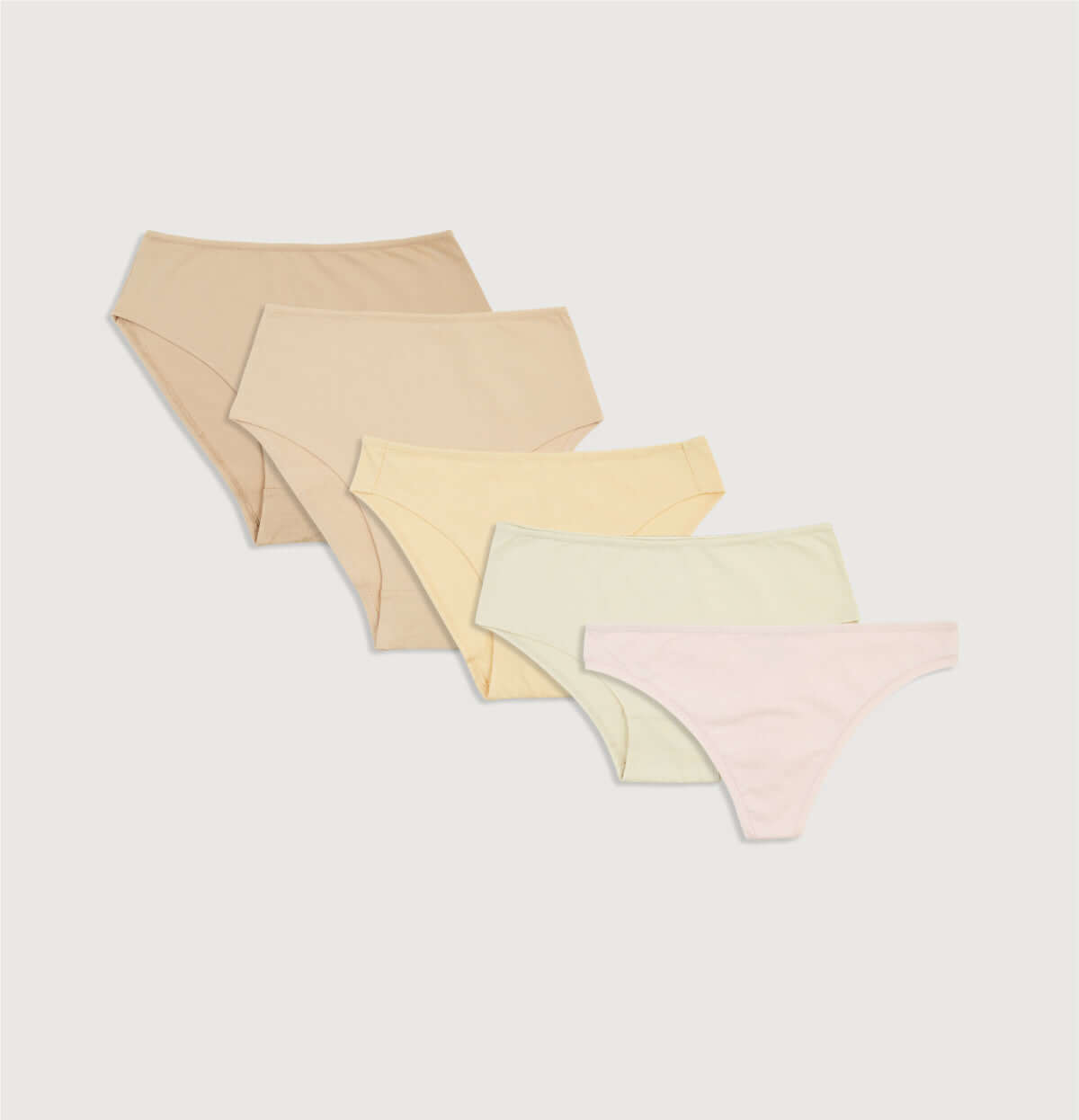When we were little, we were taught that bacteria was something we should stay away from, but it wasn't until a few years later that we discovered that there are also good bacteria, and now it's time to talk about the ones that live in our vaginas. No, our vaginas are not contaminated. On the contrary, we need these bacteria if we want to be healthy. And besides getting to know them, there's also something you can do to help them - just a few minutes and you'll feel healthier.
Very nice, Flora.
We don't know about you, but the first time we meet someone or something new, we want to know their name. So before we dive in, let's get this straight. The population of bacteria in the vagina is called the vaginal flora, and if you want to impress a little - the vaginal microbiome is the correct name. It's important to note that the vaginal microbiome includes more members than just bacteria . It also has fungi and other microorganisms whose community creates one of our strongest layers of defense.
Who lives there and why is it important?
In this neighborhood, which we call the microbiome , there are all kinds of residents and they are all good neighbors to each other. But there are specific strains of bacteria that the neighborhood needs to stay protected. These are lactobacilli that act like guards. What are they guarding and how does that help us?
- Maintains a healthy pH level in the vagina - These bacteria produce lactic acid, which keeps the pH level in the vagina as low as it should be to allow the system to function properly. This acidity does not allow bacteria that do not belong in the vagina to exist inside and harm it.
- Guards against the takeover of other bacteria - Lactobacillus stands guard so that other bacteria (that do not maintain the acidity of the vagina) will take over the microbiome and lead to its destruction.
- Protects against other microorganisms - Lactobacillus not only protects the flora from other bacteria, but also from non-bacterial residents. This way, they prevent other types of infections such as fungal infections and sexually transmitted diseases.
5 Tips for Maintaining a Happy Microbiome
- Don't poison it unnecessarily - sometimes we need to take antibiotics, but many times we really don't. Antibiotics, as we know, kill bacteria, even the good ones, so if you don't really need them - it's not worth it.
- Feed it foods that are good for its growth - probiotics are not necessarily pills or syrups, they also come in the form of pickles, sauerkraut, garlic, onions, yogurt and other vegetables. It is recommended to incorporate them into our diet to support vaginal bacteria.
- Let it work alone - our microbiome is a soloist, it likes to work alone. In other words, don't introduce foreign elements into it, such as plastic and nylon, which are found in many of the hygiene products sold today. Prefer products made of organic cotton , which it doesn't recognize as a threat. And - it knows how to do its job perfectly, it doesn't need you to help it with all kinds of washes and wipes for the intimate area that promise you a certain acidity in the vagina (a shame about the money too).
- Don't let him work hard - there are several ways to make his job easier. For example: using condoms when the partner is not regular saves us from dealing with foreign factors. Another example is releasing stress from the body, which negatively affects not only the mood, but also the flora.
- Make sure it's comfortable - fabrics that are too tight and constricting cause heat and moisture to accumulate in the area and make it difficult to maintain balance in the vagina. Therefore, it's worth choosing airy clothes, breathable fabrics, and if possible - even going to sleep commando (without anything).
*Nothing written is a substitute for medical advice if necessary.






